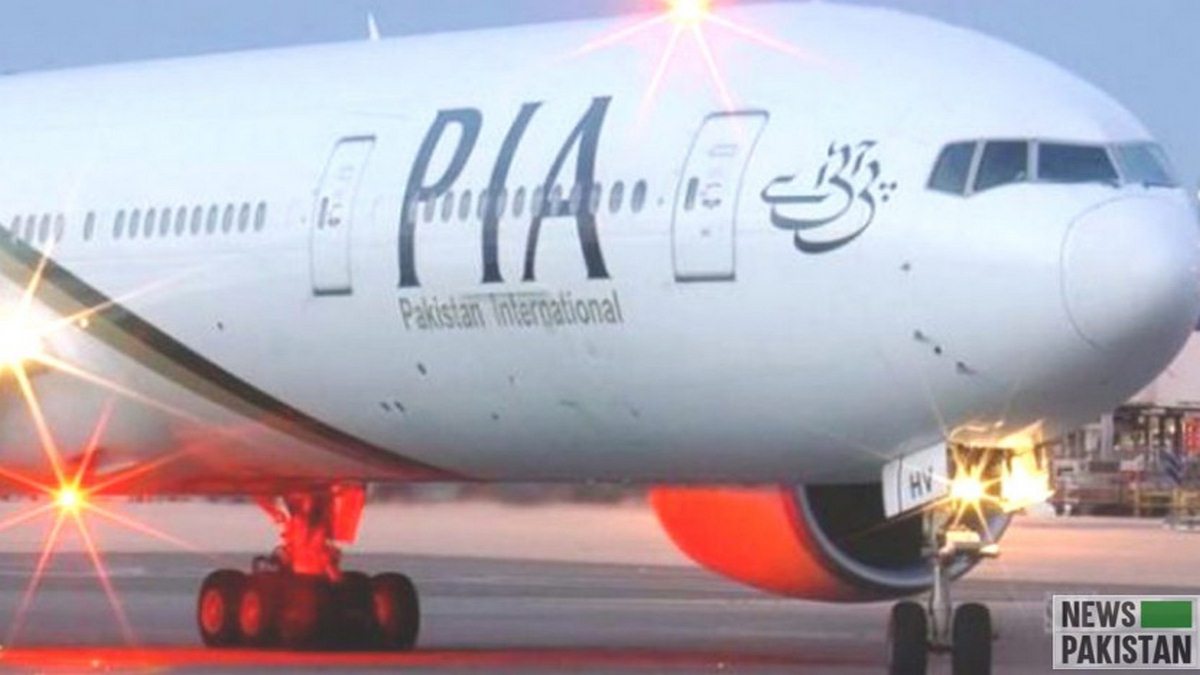ISLAMABAD: The United States Govt together with the Govt of Pakistan and provincial partners, has helped increase the reading skills of students in Grades 1 and 2 through the Pakistan Reading Project.
Over the course of seven years, the USAID project trained 27,000 teachers on reading instruction and reached 1.5 million children in areas with low levels of reading literacy, with girls representing 47 percent of the participants in the project. Following the completion of the project, partners shared a reading skills assessment with provincial and national education officials, emphasizing students’ gains from Balochistan and Khyber Pakhtunkhwa. Being able to read fluently at grade level is tied directly to a student’s ability to learn across all curriculum subjects and indicative of future academic success.
Girls represented 45 percent of the participants in Balochistan and 55 percent in Khyber Pakhtunkhwa. Commenting on the development USAID’s Acting Mission Director Michael Nehrbass stated: “The Pakistan Reading Project has highlighted the importance of learning to read in local languages at an early age. The project’s interventions in schools demonstrate that the right support can help teachers teach better so children can become better readers, positively impacting families and communities.” The Bill and Melinda Gates Foundation selected the Pakistan Reading Project as one of the top 50 reading projects around the world in its Learning @ Scale study.
The Pakistan Reading Project was a seven-year, $144 million project implemented in close collaboration with federal, provincial, and regional education departments in Balochistan, Sindh, Khyber-Pakhtunkhwa, Islamabad Capital Territory, Gilgit-Baltistan, and Azad Kashmir. The program demonstrated that classroom-based training and mentoring for teachers, dedicated class time for reading, and supplemental reading materials that engage and challenge students are the most effective ways to increase reading fluency. The project used these proven techniques to help students in Pakistan increase their fluency and achieve results.
While 44 percent of students who entered Grade 3 in Balochistan in 2017 could not read in Urdu, that dropped to just five percent in 2020, and the number of students entering Grade 3 with some fluency nearly doubled to 72 percent. Similarly, the number of students able to read more fluently when entering Grade 3 increased in Khyber Pakhtunkhwa, with girls slightly outperforming boys at the end of the project. The number of students who met or exceeded the reading standards increased from 16 and 17 percent in 2017 in Balochistan and Khyber Pakhtunkhwa respectively, to 24 percent in both provinces in 2020, a significant increase in the number of high-performing students.

Newspakistan.tv | YouTube Channel











